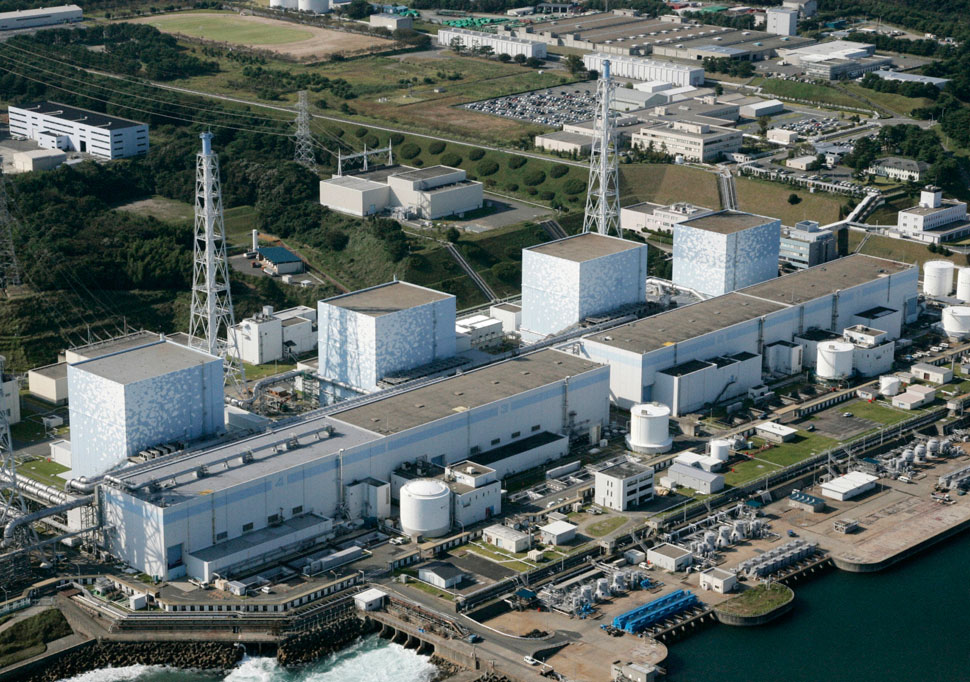Hundreds of thousands of survivors of Japan's worst modern-day earthquake huddled for a third night Sunday in makeshift shelters, cut off from food supplies, heat, electricity and rescue, as engineers probe the source of a radiation surge at a second nuclear plant on Japan's northeastern coast.
Japanese Prime Minister Naoto Kan, speaking late Sunday on national television, called the quake and the massive tsunami in the country's northeast the most severe challenge to his country since the end of World War Two. He spoke as overnight temperatures fell toward freezing and authorities issued increasingly grim casualty forecasts.
The latest nuclear alert was issued late Sunday for the Onagawa power plant and reported by the International Atomic Energy Agency after radiation levels outside the facility exceeded maximum acceptable levels. The IAEA said engineers were still working to identify the source of the radiation shortly before midnight, and authorities insisted early Monday that there was no problem with the cooling system at the facility.
Meanwhile, engineers at the at the Fukushima nuclear plant continued late Sunday to pump sea water into the number one reactor. The walls of that reactor were destroyed in an explosion Saturday, but its containment structure remained intact, leaving experts uncertain of conditions inside. The government characterized the salt water flooding as a last-ditch attempt to prevent a core meltdown. Experts say at least two of three reactors at the site will remain shut down permanently.
Earlier Sunday, the government said radiation levels outside the Fukushima plant had briefly spiked to 400 times the normal level. More than 200,000 people had been told earlier to evacuate the area. Authorities say at least 19 people have been exposed to radiation and more than 160 others may have been.
One-hundred thousand Japanese troops are now involved in relief efforts and a small flotilla of U.S. naval vessels is joining relief efforts.
Friday's earthquake off the eastern coast of Japan's main island, Honshu, was the strongest in Japan's modern history. A huge tsunami triggered by the undersea quake smashed into Japan's east coast minutes later, washing away entire villages, damaging roads, destroying harbors and leaving hundreds of thousands without electricity and other services.
Hundreds of bodies have been recovered around the country, while many others victims are believed to remain buried in the rubble.
